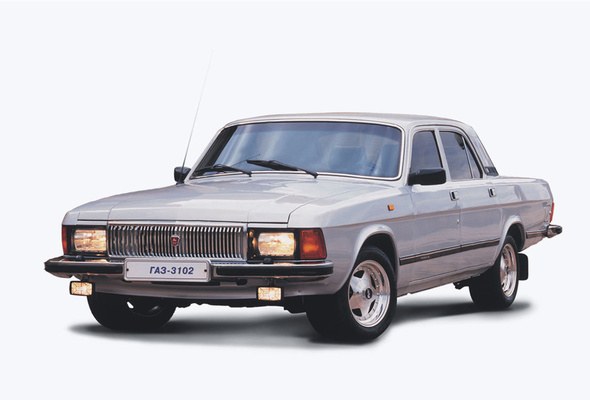What is the backlash in the steering
What is the backlash in the steering
Backlash or Luft - literally translated from German means "air". This is the so-called gap between the elements of the mechanical system associated with rotation. For example, in the steering system.

Signs of manifestation of backlash
If while driving on your car youbegan to mark such unpleasant phenomena as knocking, excessive vibration, spontaneous deviation from the trajectory, this may be the reason for the resulting backlash in the steering. According to the rules of the road, the total play of a serviceable car should not exceed 10 degrees. But smaller values create already certain inconveniences and discomfort. Even the smallest backlash tends to grow into a big one. Agree, it's abnormal when on a practically flat road you have to constantly turn the steering wheel left and right. With a big backlash, this is already called "catching the road." Reasons for backlash and methods of detection
The main reasons for the appearance of backlash in the steeringmanagement can identify four. They arise as a result of wear of parts in the process of prolonged operation of the car. So, for example, in due course in joints of steering drafts of forward wheels the gaps are formed and increase. Their presence and magnitude can be determined visually or tactilely, probing with fingers the parts that these hinges connect. At the same time, someone should sharply scroll the wheel to the left, then to the right. Both parts must move synchronously. Alone, check by moving the steering rod in the longitudinal direction with your hands. No backlash if it moves along with the bipod. If there is even a small gap, the hinge must be replaced. The second reason is increased wear or misalignment of the engagement of the roller and the "worm". At sharp turns of a rudder in a steering mechanism the knocking is audible. Also, a defect is detected when the steering wheel drive swayers wiggle. Actions: adjust or replace parts. Knocking and creaking when turning the wheels, as well as when swinging the pendulum up and down, indicate the wear of the bushes or the axis of this very pendulum arm. Try to tighten the nut on the axle. Worn parts require replacement. Finally, the fourth reason - the mounting of the bracket of the pendulum arm or crankcase has loosened. You just need to tighten the corresponding nuts and bolts. It remains to add that with the proper operation of the car and maintenance of the steering elements: periodic lubrication, timely detection of defects and elimination of the emerging backlash - all mechanisms will last long and will not require unforeseen expenses for their replacement.








